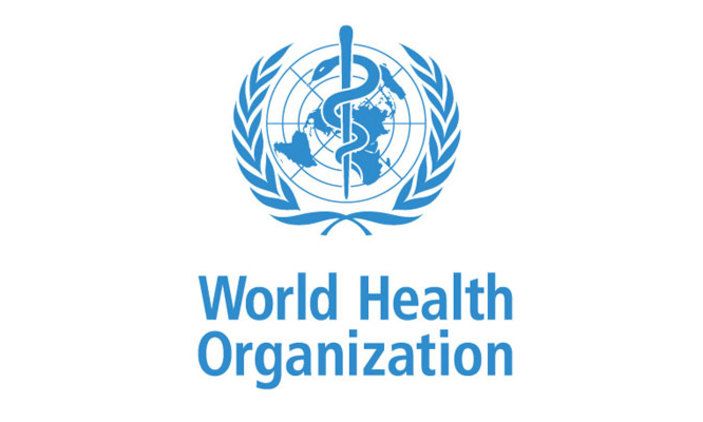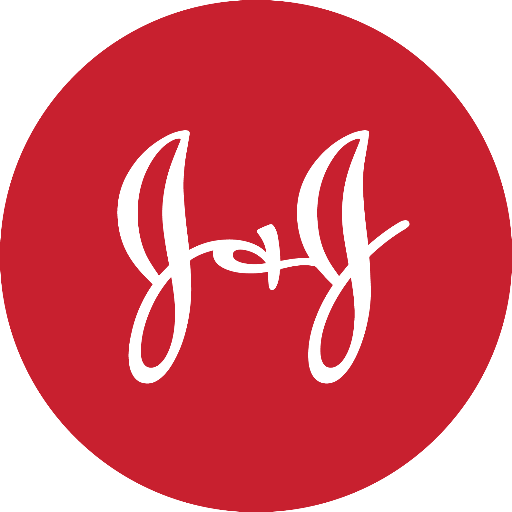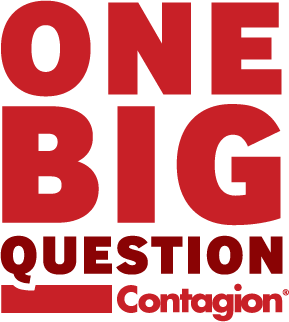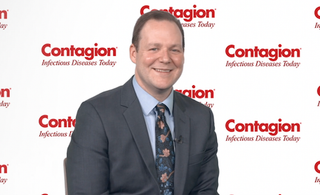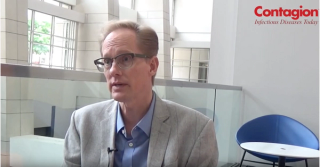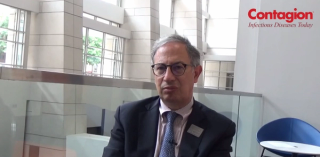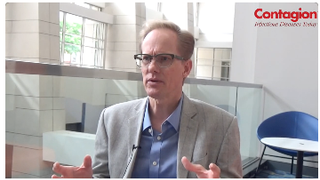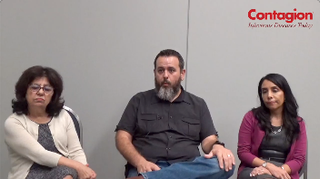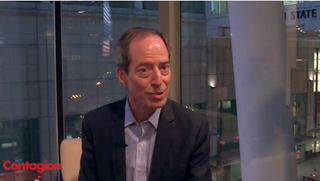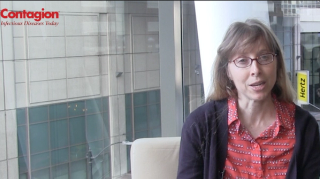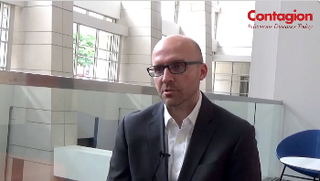
PrEP
Latest News
Latest Videos

More News
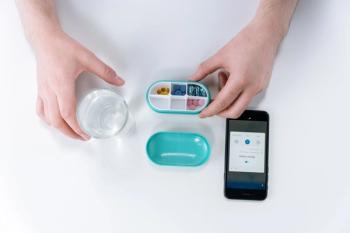
HIV risk perception and concern regarding HIV infection declined during the study.
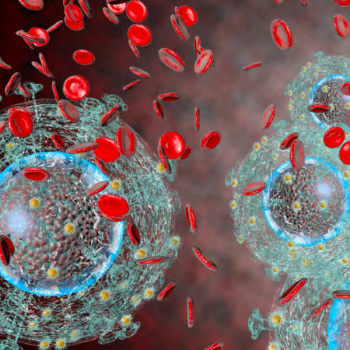
A review of selected investigational long-active treatment options for HIV.

Long acting injectable PrEP therapies that are safe and effective are needed to increase options for at-risk individuals.

Macro and micro strategies are at play in aiming to create greater PrEP access and adoption.

PrEP initiations, discontinuations and lapses all increased among Latinx patients post shelter-in-place orders.
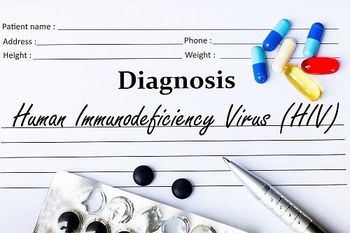
A new study sought to approach the HIV epidemic in the United States through a distributional cost-effectiveness analysis across 6 cities.
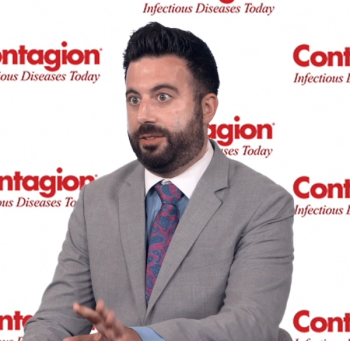
An expert from Temple reflects on the first 10 years of PrEP innovation, and what's needed in the next decade.
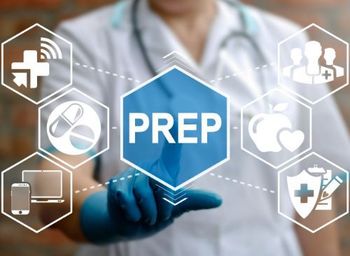
Drugs, personnel, and laboratory costs comprised 50%, 38%, and 12% of program costs.

Some patients who switched appear to have done so in anticipation of clinical indications.

Pharmacist-initiated access, as well as longer treatment durations, may redefine HIV prevention efforts.

Reviewers attribute less severe COVID-19 symptoms in patients with HIV and low CD4 count to reduced capacity for immune reactions including cytokine storm.

Three HIV screening strategies identified comparable numbers of new HIV diagnoses, a new study found.
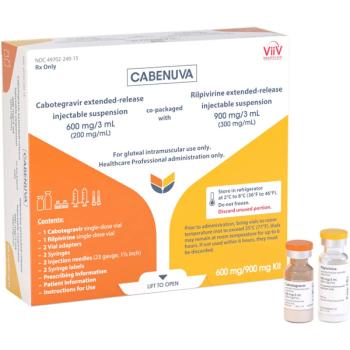
Patients given a 600 mg injection of cabotegravir still had detectable levels of the drug in plasma, tissues, and fluids for 12 weeks.
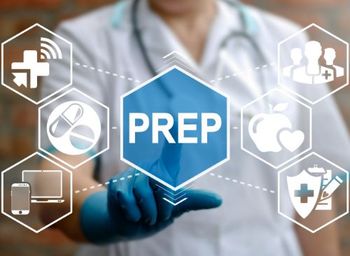
A recent study of sexually active young women in Africa found that initiation of HIV preexposure prophylaxis (PrEP) was high at 95% and one-fifth showed high adherence at 6 months.
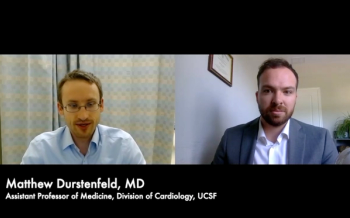
The risk of COVID-19 severity in people living with HIV may be less than previously anticipated.
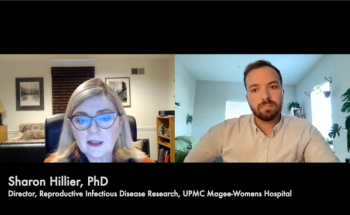
Phase 3 trials for islatravir are underway. What are investigators considering with the Merck investigative drug?

Due to limited familiarity with providing antiretroviral medication, many participants were hesitant to initiate PrEP.

Investigators wanted to study usage of F/TAF vs F/TDF in clinical practice and HIV seroconversion.

Adherence for daily dosing decreased and event-driven PrEP usage increased in a Chinese study.

In a pilot project, customers were surveyed about HIV risk behaviors to gain further insights and assessed for potential PrEP utilization.

New 24-week findings from Merck highlight the potential of a 1-month PrEP option for low-risk patients.

Many respondents reported having a lack of information about the use of PrEP.

More tailored strategies could improve PrEP provision in family planning clinics.
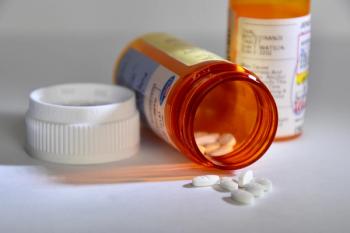
A meta-analysis study found that 70% of PrEP users either stopped or had inadequate adherence within 6 months of initiation.

Small survey from gay and bisexual men (GBM) inquired about their experiences during COVID-19 restrictions, and feedback on PrEP.


